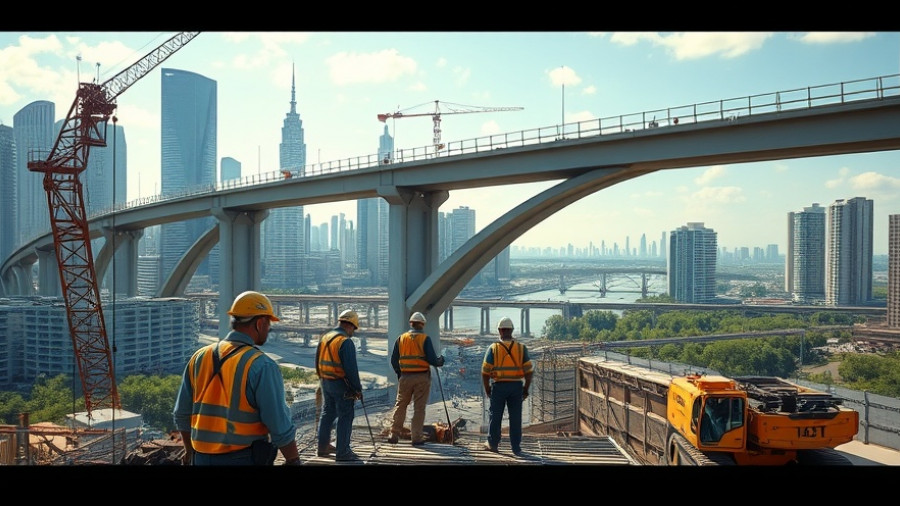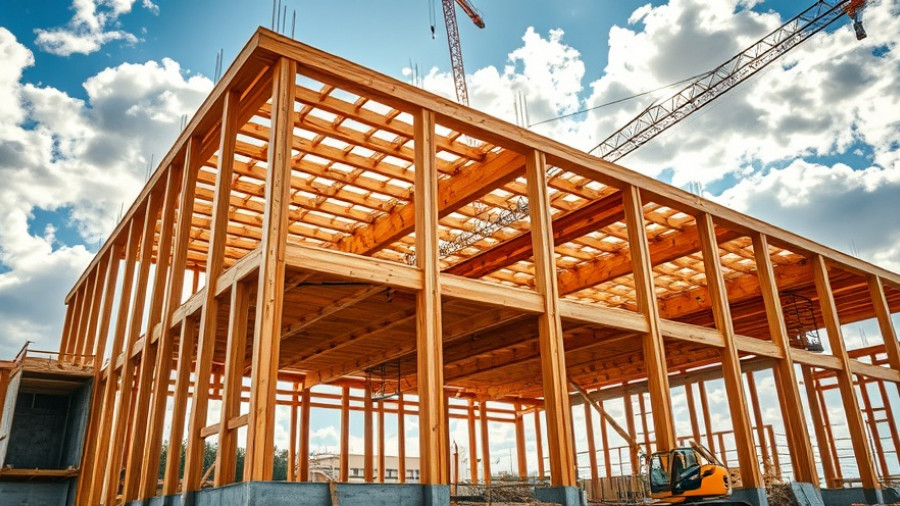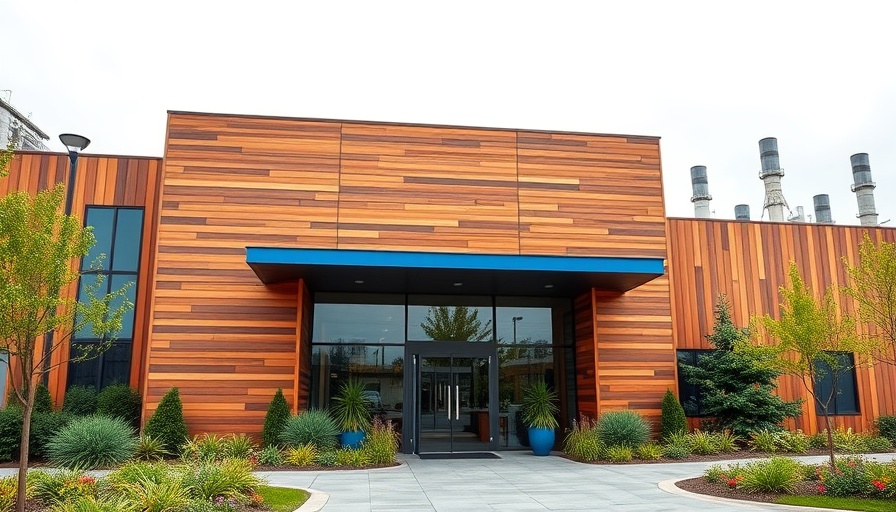
The Transformative Power of Infrastructure Investments
The completion of the first phase of the Park Avenue Viaduct project represents more than just a physical upgrade; it symbolizes a broader commitment to revitalizing urban transport infrastructure. As New York Governor Kathy Hochul remarked, this project exemplifies what can be achieved when significant investments are made in transit systems. By modernizing structures that have not seen substantial revamps since the Gilded Age, the Metropolitan Transportation Authority (MTA) is ensuring the continued reliability of commuting for hundreds of thousands every day.
Engineering Innovation Meets Timely Execution
This project is not just about replacing aging infrastructure; it was delivered ahead of schedule and under budget—specifically by $93 million, showcasing innovative construction techniques that prioritize efficiency. The use of a custom-built gantry system allowed crews to replace the 8,240 feet of deteriorating track swiftly, ensuring the Metro-North service remained operational throughout the construction phase.
Halmar International, the general contractor behind the project, transformed the approach to modern infrastructure upgrades. Utilizing prefabricated bridge units, work was executed over 19 weekends, eliminating the need for extensive service shutdowns. This fast-tracking not only kept disruptions to a minimum but also set the stage for the succeeding phases to begin without delay.
Financial Insight: Analyzing Project Funding Sources
The total investment for the first phase of the project reached $590 million, a significant portion of which—approximately $500.9 million—came from federal funding. This reliance on federal dollars underlines the importance of governmental support in infrastructure projects. Fiscal analysts and business executives must remain cognizant of such financial structures, as they reveal insights into potential investment risks and opportunities in urban development.
The Long-Term Benefits for Communities
The Park Avenue Viaduct connects multiple commuter routes from diverse locales, including the Bronx and Connecticut, to Grand Central Terminal. As the structure now features enhanced power, communications, and signal systems, commuters can expect improved service reliability. With daily operations of the Metro-North Railroad catering to 98% of train services, the completion of this phase directly impacts the convenience and efficiency experienced by daily travelers.
Moreover, for developers and property managers in the vicinity, the project may catalyze property value increases and attract new investments as transit accessibility improves. Understanding the interplay between infrastructure and real estate dynamics will be essential for those looking to capitalize on growth opportunities within urban areas.
Looking Ahead: Future Phases and Broader Implications
Phase 2 of the Park Avenue Viaduct project is underway and is expected to complement the advancements made in Phase 1 by continuing the focus on modernization and efficiency. With the completion of the entire project anticipated by 2027, stakeholders should prepare for evolving commuter patterns and longer-term impacts on urban development.
As this historical structure is revitalized to serve modern needs, it reinforces a crucial lesson: the importance of investing in infrastructure transcends mere aesthetic enhancements; it strives for social equity, economic vitality, and environmental sustainability. The Park Avenue Viaduct project embodies a future where strategic infrastructure investments yield substantial community benefits.
In summary, as this project continues, the insights derived from its execution and funding should inform business owners, property developers, and facility managers. The success of such initiatives highlights the value of efficient project management and the potential long-lasting effects of investing in infrastructure.
As you consider the implications of such infrastructure projects for your business, it might also be worthwhile to engage in local discussions about upcoming investments. The collaborative efforts of government entities and private contractors present a unique opportunity for stakeholders to shape their communities effectively.
 Add Row
Add Row  Add
Add 




Write A Comment